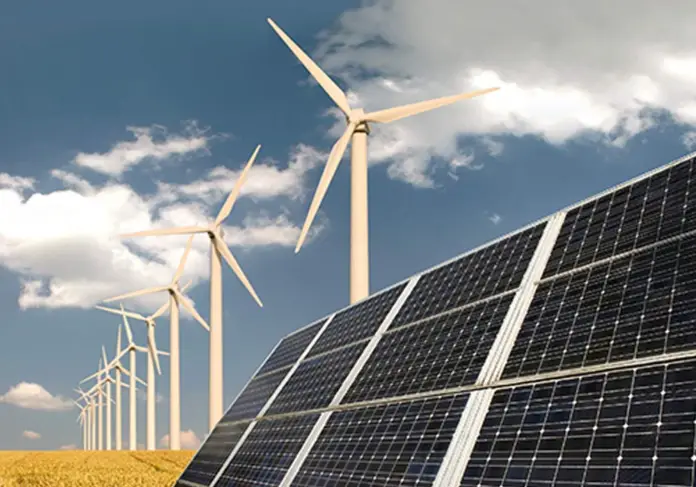The International Energy Agency (IEA) revealed on Thursday that 2023 witnessed a remarkable 50% increase in global renewable energy capacity compared to the previous year.
This surge, the fastest in two decades, marks the 22nd consecutive year of breaking records in renewable capacity additions, according to the Paris-based IEA. The surge was largely fueled by China, recognized by the IEA as the “world’s renewable powerhouse” and the largest emitter of greenhouse gases.
This remarkable growth can be attributed to the substantial expansion of solar and wind power, accompanied by a gradual decline in fossil fuel consumption. These efforts play a crucial role in the global endeavor to limit the increase in global temperatures to 1.5 degrees Celsius from pre-industrial levels, a target set to address climate change.
Despite this progress, the IEA cautioned that the world is not on track to achieve the goal of tripling renewable capacity by 2030, a target set during the UN’s COP28 climate summit in Dubai the previous month.
While the COP28 agreement aimed for a transition away from fossil fuels, it lacked a specific timeline and fell short of the “phase-out” demanded by many nations, despite opposition from major oil producer Saudi Arabia.
IEA’s annual report anticipates a 2.5-fold increase in global renewable capacity from 2022 levels by the end of the decade, a significant advancement but still falling short of the COP28 tripling goal.
IEA Executive Director Fatih Birol highlighted the decreasing costs of onshore wind and solar panels, stating their economic superiority over fossil fuel plants in most countries. Birol emphasized the urgent need for accelerated financing and deployment of renewables in emerging and developing economies to meet the tripling goal.
The report disclosed that renewable capacity is expected to reach nearly 510 gigawatts in 2023, with solar photovoltaics contributing three-quarters of global additions. China, in particular, stood out by commissioning as much solar PV last year as the entire world did in 2022. Wind power additions in China increased by 66% year-on-year.
While Europe, the United States, and Brazil achieved all-time highs in progress, the IEA acknowledged that the wind industry faces challenges due to supply chain disruptions, increased costs, and extended permitting timelines.
Despite these positive trends, experts cautioned that the growth in renewable energy remains insufficient to avert a climate catastrophe. Urgent action and the transformation of energy systems were stressed, with calls for increased pressure on governments to translate commitments into tangible results.







